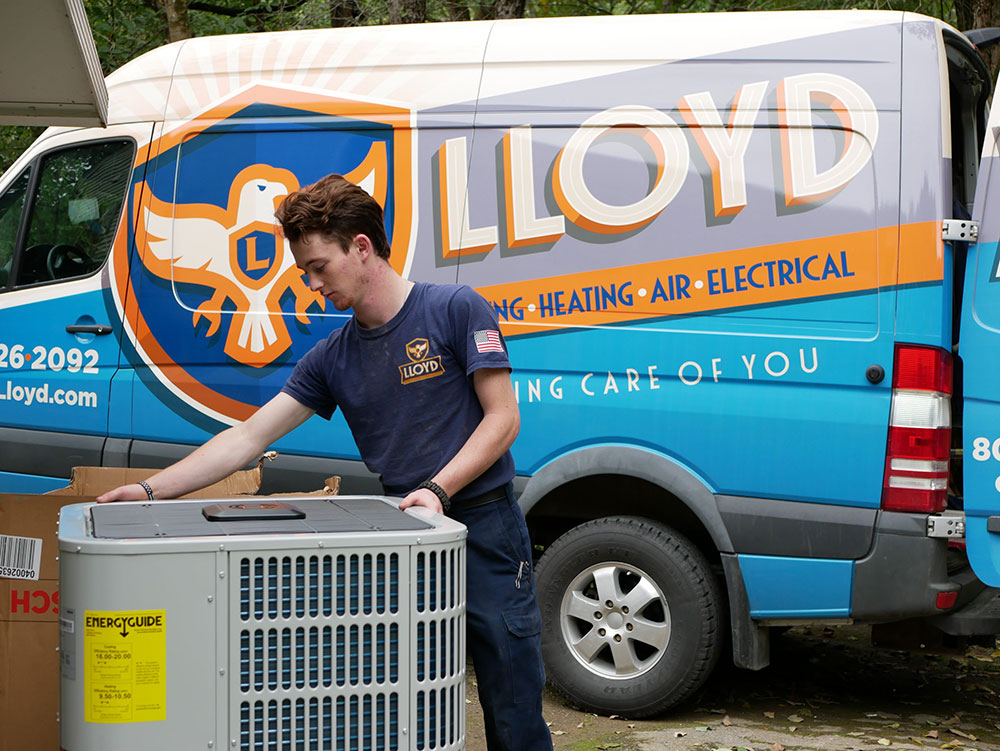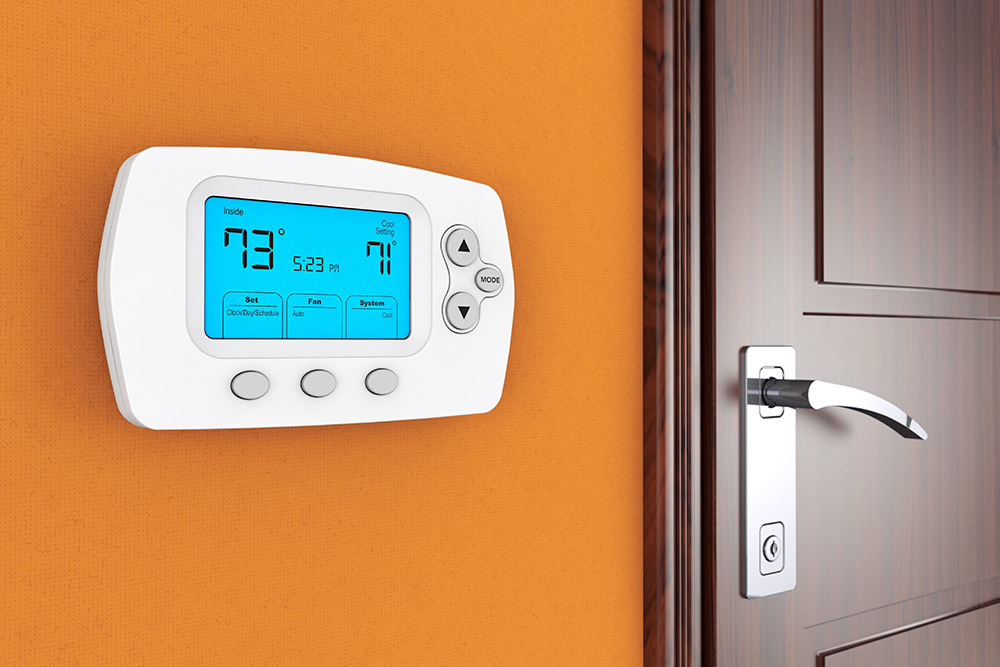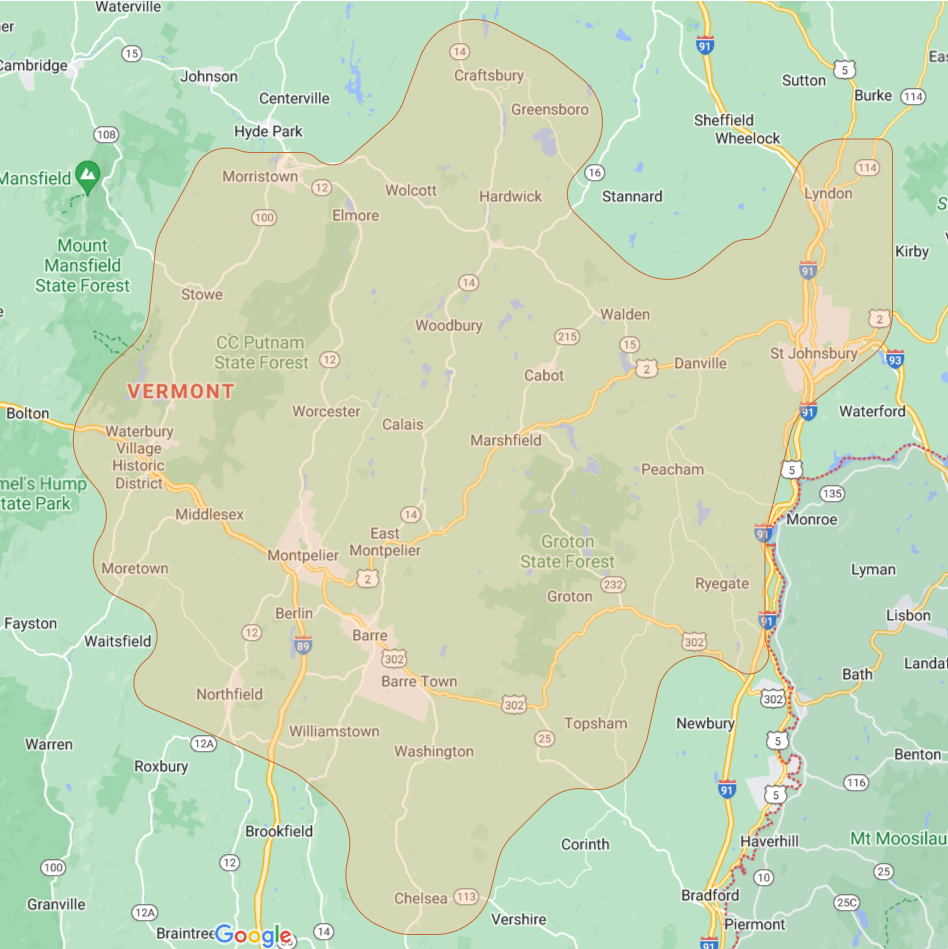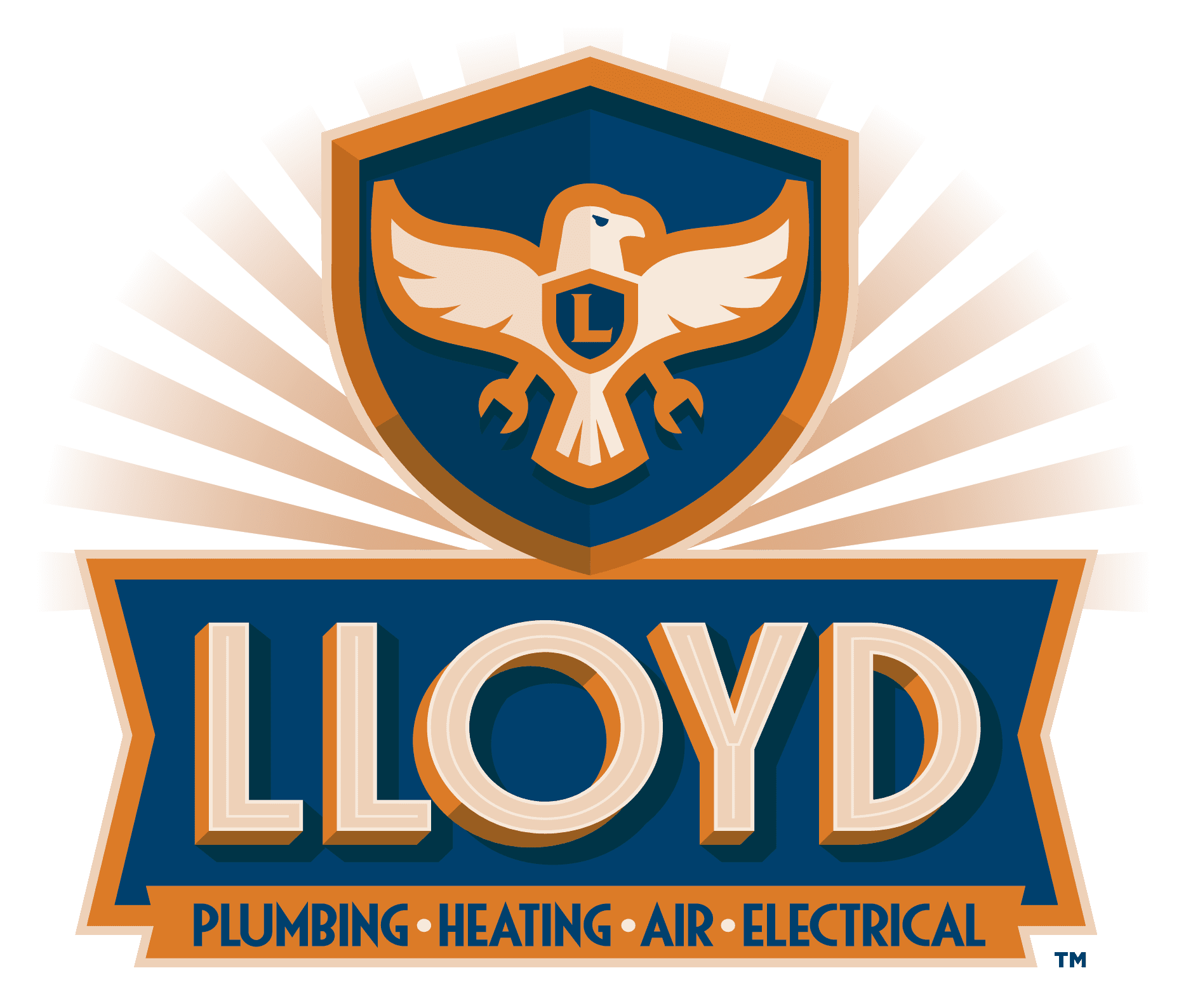
Embrace the AC Breeze with Lloyd Home Service
Your Comfort is Our #1 Priority
At Lloyd Home Service, we’re dedicated to keeping your home cool and comfortable with our efficient and reliable air conditioning solutions. Our technicians have received extensive training in all types of cooling services to help you beat the heat during toasty temperatures.
The Coolest AC Services in Central Vermont
Feel the Difference
Beat the heat with Lloyd Home Service! Our Air Conditioning units improve air quality, feature energy efficiency, and keep you cool during the hottest temperatures.
Give us a call for any of the following services:

Serving Central Vermont & The Chittenden County Area
Lloyd Home Service Provides Local Plumbing, Heating, Air Conditioning, and Electrical By Expert Technicians In Central Vermont & Surrounding Areas for More Than 11 Years

